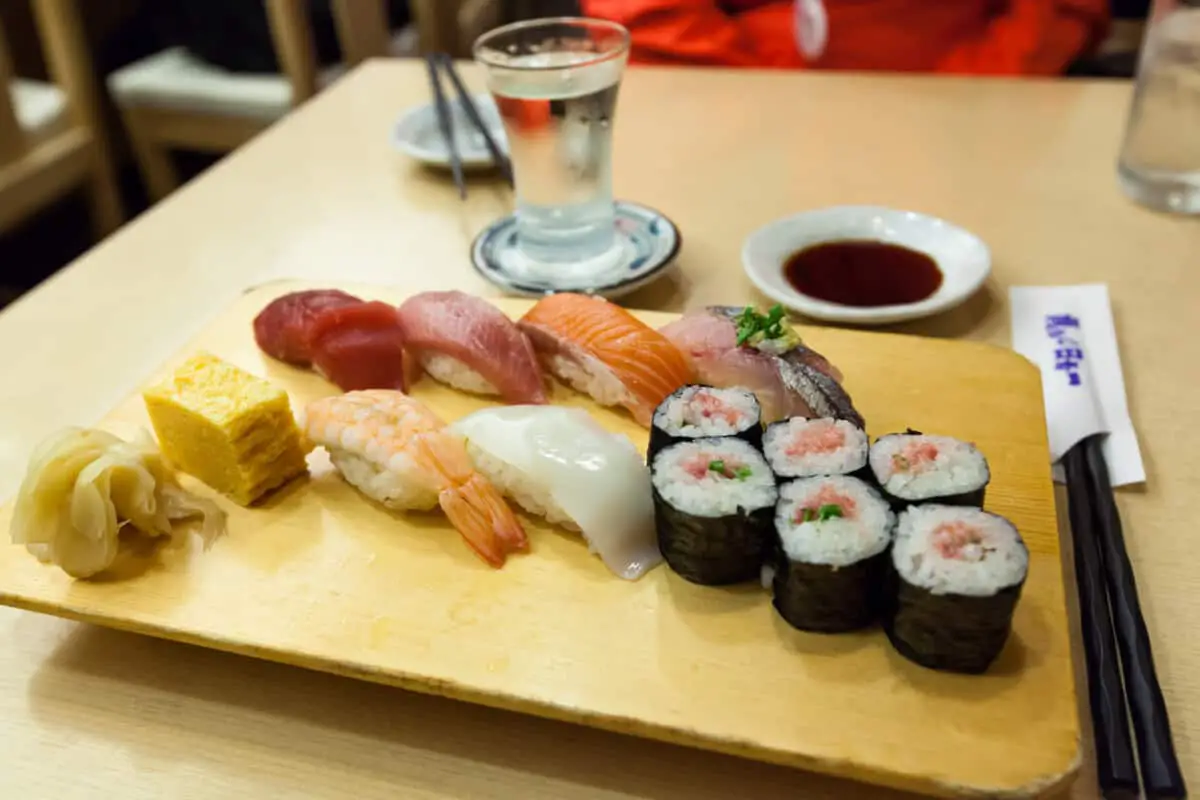While sushi has become a mainstream food, some of the traditions surrounding it haven’t made it around the world and many myths have followed. We’ve compiled some of the most common myths and real facts regarding sushi that many are surprised to learn are true.
Myth #1: Sushi should be, and has always been, expensive.
False. Sushi started as a salted fish product that was being preserved in fermenting rice. In essence, this was a way to stop fish from going bad, and hardly a highbrow food.
The meal is now known as nare-zushi, meaning ‘aged sushi’, was born when Japanese people began eating the fermented rice and preserved fish together in one dish.
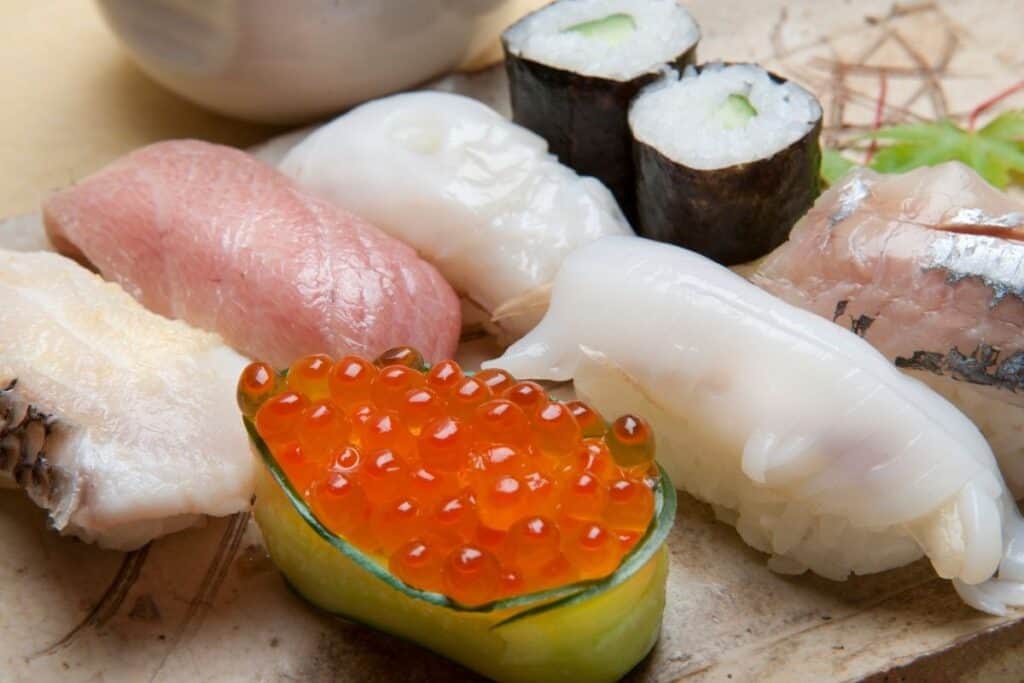
One of the earliest forms of aged sushi was funa-zushi. In this form, developed near Lake Biwa, fish were packed in layers of salted rice and weighed down to improve the drying and fermenting process, which required months to complete. This form was more expensive and was only available to the wealthy.
The form we are familiar with today, nigiri, was invented in the 1820s as street food. A vendor named Hanaya Yohei in Edo started selling fresh fish over rice mixed quickly with vinegar and salt.
The fresh fish was plentiful, as Edo was situated against a bay and a river. This meant that fresh fish, rather than salted, was widely available and cheap. Thus, modern nigiri sushi was born.
Myth #2: Sushi always requires soy sauce for dipping.
False. Straight soy sauce is often too salty and strong to compliment the flavors of good sushi.
Traditionally, sushi chefs would dilute soy sauce with a blend of other complimentary liquids, such as sake and broth, as well as add a few secret ingredients, and simmer them together to create what is called nikiri. This nikiri would then be applied to the sushi before it reaches the customer.
Soy sauce or a dish of nikiri may still be appropriate for casual sushi, or sashimi, which is simply a slice of fish with no rice or added items.
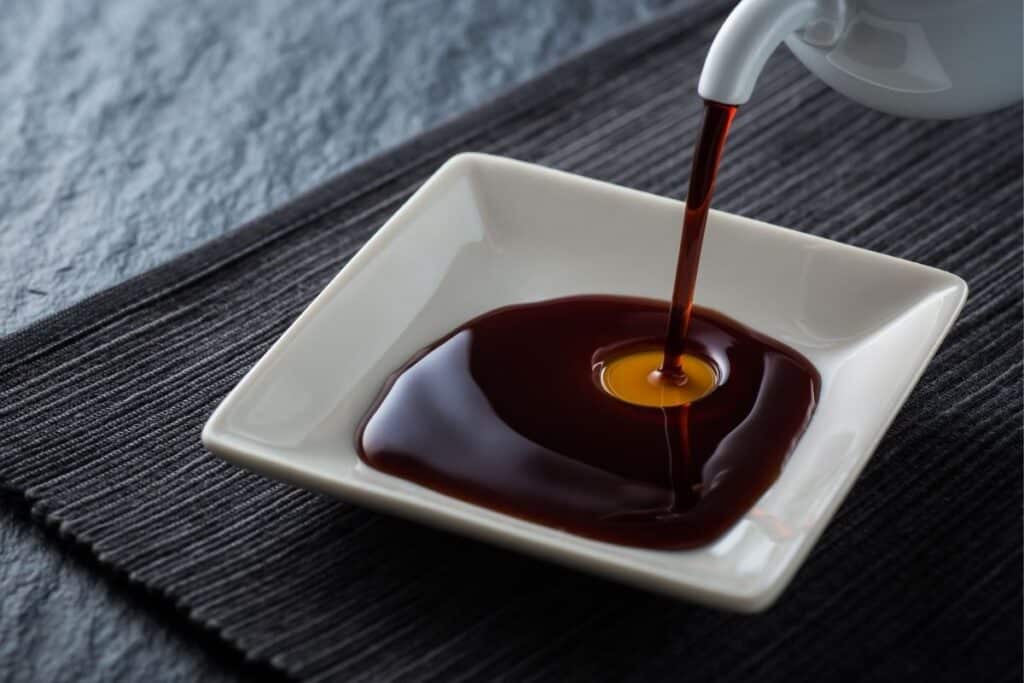
Myth #3: O-toro, or Fatty Tuna, is the ultimate piece of sushi.
False. Actually, many sushi connoisseurs find this sushi somewhat… well, basic. Its texture is indulgent but simple, and its flavors are not very challenging. In fact, it’s kind of bland. The main draw is the fattiness—a mouthfeel similar to a nice steak.
Tuna belly was popularized by an air cargo executive, who had been struggling with how to fill planes moving from the U.S. back to Japan.
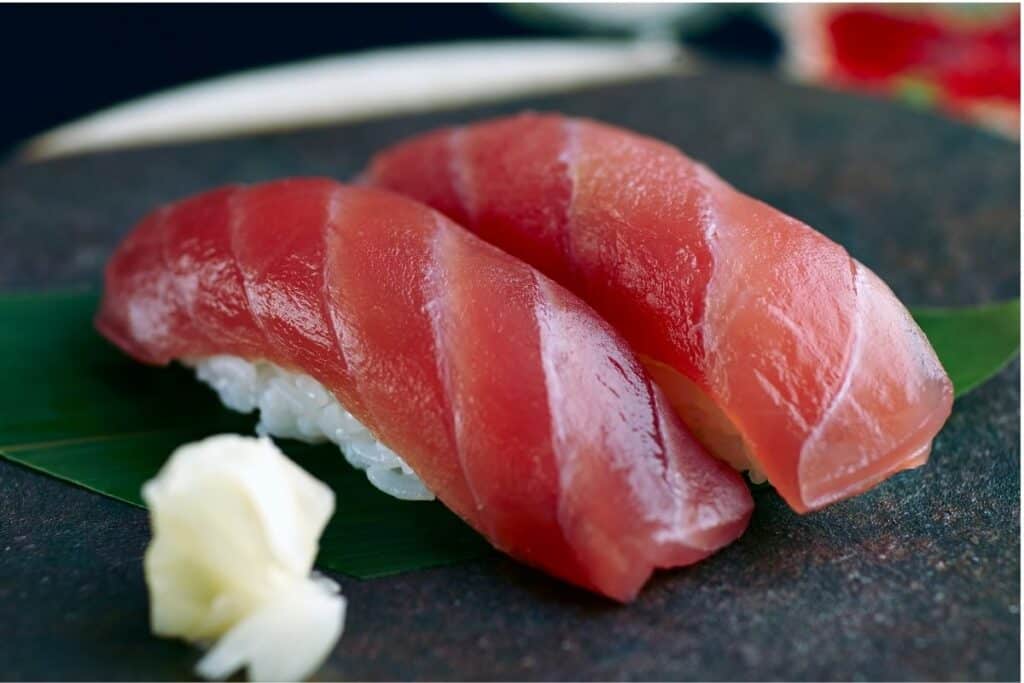
Bluefin tuna were available in excess and were previously not considered a popular sushi fish, but by shipping them to Japan, he created a supply of high-quality, fresh bluefin tuna that could be used for sushi.
Rather than tuna belly, sushi enthusiasts often prefer more unusual and firm textures, and more subtle, intriguing flavors. Some examples are mackerel, which is oily and ‘fishier’ than many popular fish, or flounder, which is springier.
Go ahead and try out some of the less expensive fish on the menu—you’ll likely find something really unique and interesting.
Myth #4: Salmon is a popular fish for sushi in Japan.
False. Because of its fat content, salmon spoils quickly and was not traditionally popular as a fish for fresh sushi. However, with the advent of refrigeration, it has become more popular in recent decades.
Myth #5: The preparation of raw fish and rice is only found in Japan.
False. Many Southeast Asian countries have access to rice and fresh fish, due to their culture and location in the Pacific Ocean. Fermented rice, or cooked rice and rice vinegar, were often used to pack and preserve fresh fish in early history, and many of these cultures retain a dish that is similar (though not as well known) as sushi.
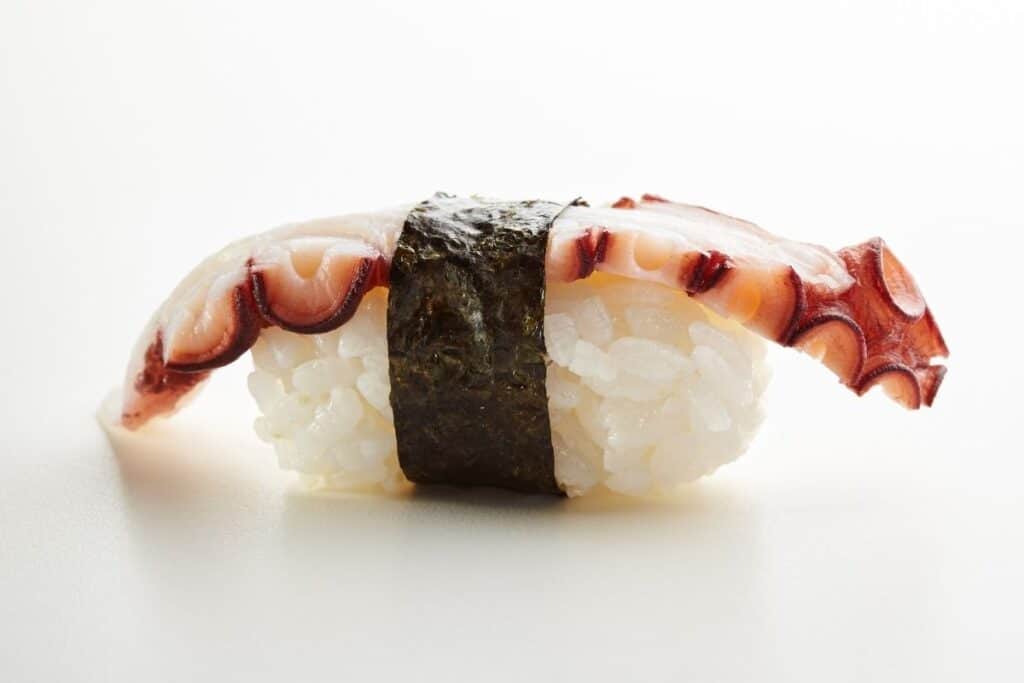
Burong isda is a Filipino dish made of raw fish and rice that has been fermented together with salt for a week. Pla ra is a Thai dish consisting of fish fermented with toasted rice flour or bran, and salt, over the course of many months.
Both of these dishes retain the original fermentation aspect of sushi.
Myth #6: Miso is a common appetizer before sushi in Japan.
False. Miso soup is actually a common breakfast food in Japan. However, its mild flavor and health benefits have made it popular for sushi restaurants across the world as ambassadors of Japanese cuisine and are commonly served with meals.
Myth #7: Sake is traditionally paired with sushi because they’re both made with rice.
False. Actually, Japanese people rarely pair sake with sushi at dinner, because there’s not much contrast between the two rice-based flavor profiles. Instead, green tea or even beer might be served alongside sushi and is not considered less refined.
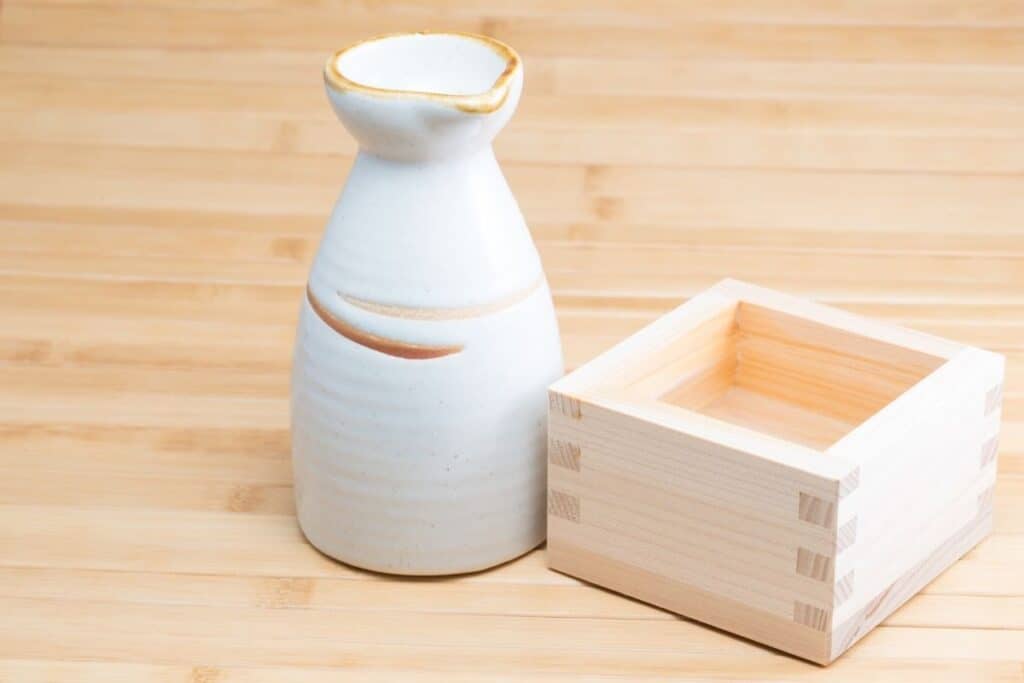
If you’re looking to try sake, it’s often traditionally served before the sushi course alongside appetizers like salads or small plates, where it will contrast more with the food.
Myth #8: Women are not allowed to be sushi chefs because their hands are too warm.
False. There are many myths about women’s capabilities as sushi chefs, but none of them are true. In fact, a study in The Lancet showed that men’s hands are actually warmer than women’s hands, on average.
However, the prejudice against female sushi chefs in Japan is quite strong. Women who aspire to be renowned sushi chefs often leave Japan for other shores, where their talents can be appreciated without cultural stigma.
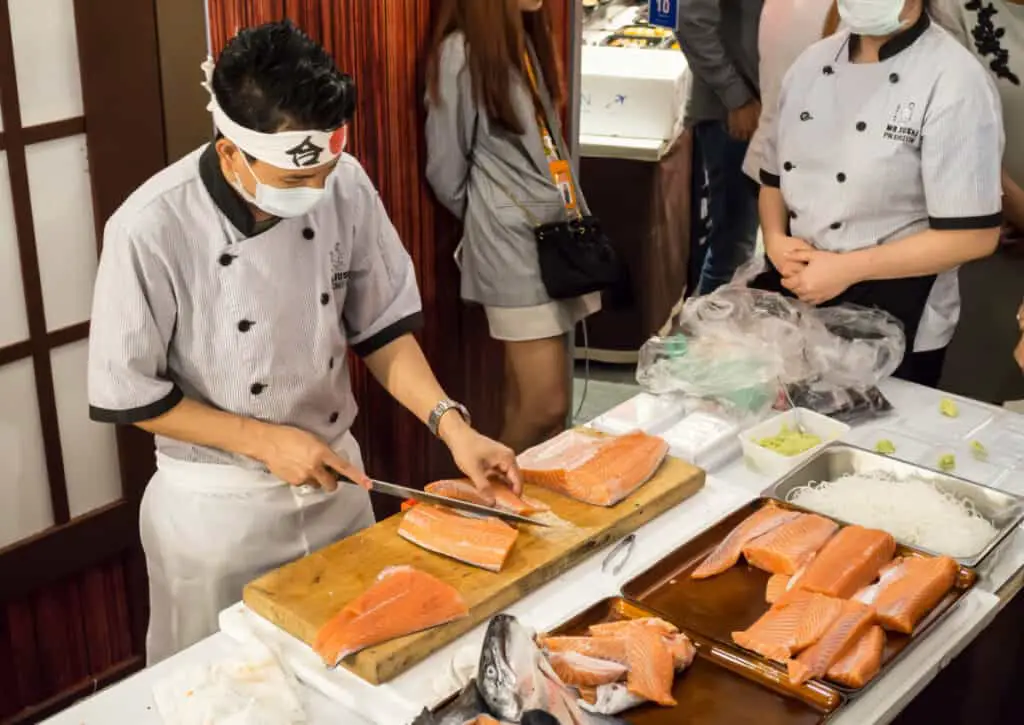
Myth #9: Sushi must be eaten with chopsticks to avoid looking uncultured.
False. It is actually completely acceptable to eat sushi using your (clean) hands at even the most high-end sushi bars. This allows the chef to create more loosely packed sushi that falls apart in your mouth as you eat it.
Generally, only expert chopstick users can move a loosely packed piece of nigiri without it falling apart. If you are sitting at the bar, and the chef sees that you can’t hold the sushi gently, they may compensate for your lack of skills by making the sushi rice more compact. However, this will prevent you from enjoying the feeling of fish and rice mixture in your mouth.
When in doubt, you can definitely use your hands to eat sushi instead, and it’s culturally acceptable.
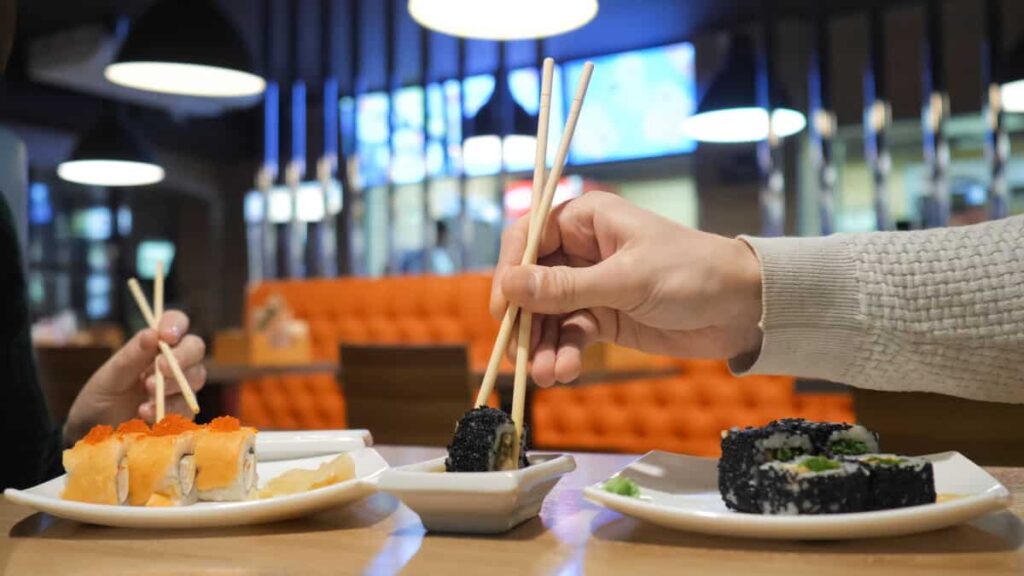
Myth #10: You should flip nigiri sushi upside-down before putting it in your mouth.
Often false. There are often garnishes on top of nigiri sushi that will fall off if you flip it upside down. The thought behind this is often that flipping it over will allow you to taste the nigiri or soy sauce brushed on top.
However, if the sushi rice is loosely packed, then the piece will fall apart and mix in your mouth without requiring any special moves.
Myth #11: Supermarket sushi is inherently unsafe and contains bacteria.
False. The quality difference between neighborhood sushi establishments and Japanese grocery store sushi is small. The biggest difference is the care that a chef takes for his regular customers, vs. commercial chefs.
Supermarkets are aware of safe handling practices required for sushi—they often sell raw, sushi-quality fish to customers as well.
Of course, concerns about the sources of the fish (wild vs. farmed, where it was farmed, whether any color is artificial, etc.), are valid and could be more easily addressed by a chef who sources his own fish than by supermarket staff.
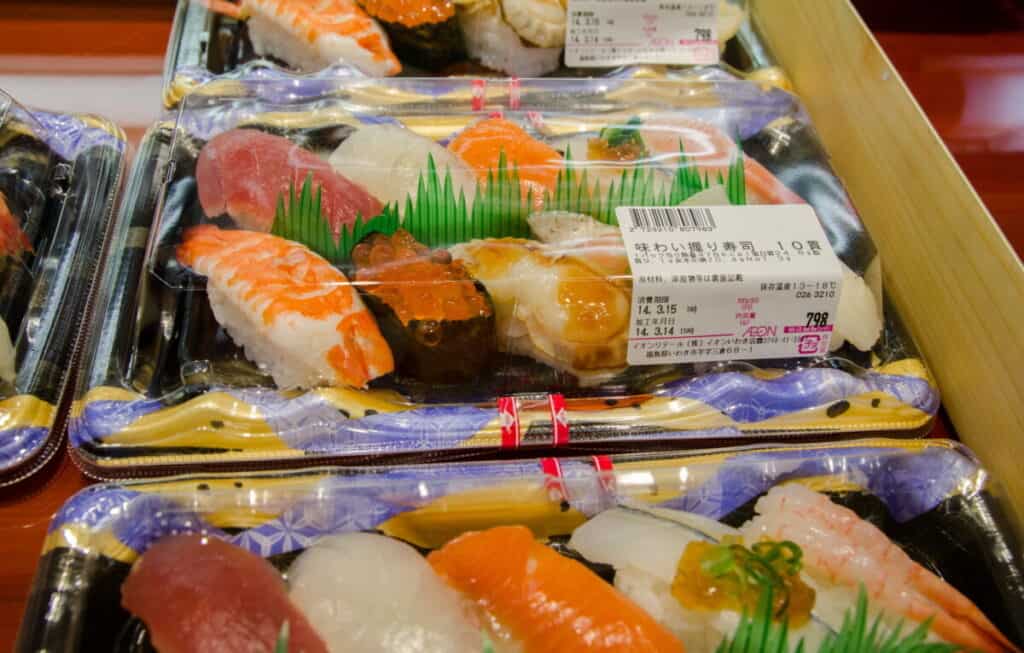
Myth #12: Sushi with mayo/Boston Rolls/Alaska Rolls/California Rolls are not ‘real’ sushi.
This is a matter of opinion. The word sushi only indicates the short-grain rice used, and the seasoning of that cooked rice with vinegar, and optionally, sugar and salt.
Even in Japan, sushi takes many forms, including spheres (temari sushi), layered slices (oshizushi, or pressed sushi), and cylinders wrapped in seaweed (makizushi).
New and inventive ingredients are just the evolution of sushi. For some sushi purists, however, mayo on sushi, or sushi with imitation crab stick, is the equivalent of pineapple on pizza and simply a matter of taste and preference.
Myth #13: “Sushi-grade” fish is the only kind of fish acceptable for sushi.
False. This one seems obvious, but this simply means that the fish was handled safely enough (and comes from a clean enough environment, whether farmed or caught wild) to eat raw.
This means the temperatures it’s been kept in have kept bacterial growth to a minimum, and it was either farmed or wild-caught and then frozen to kill any parasites that can occur in the diet of a wild fish. In fact, some frozen salmon from the supermarket may be safe for consumption as sushi.
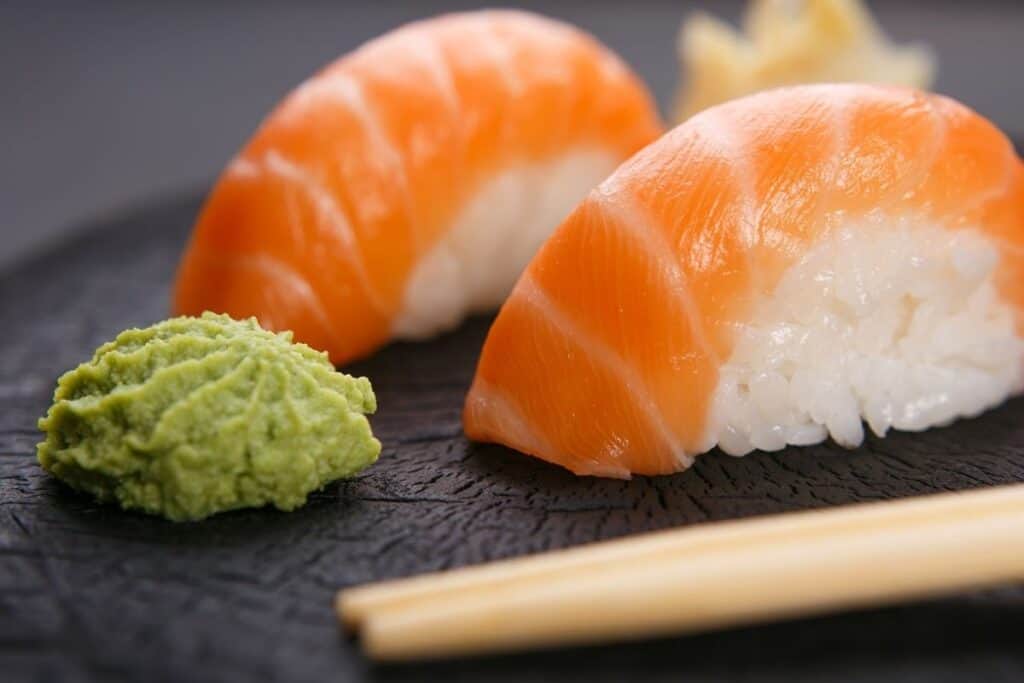
Myth #14: Never go to a sushi restaurant in Japan on Sunday or Monday, because there’s no fresh fish that day.
False. Not only do different fish markets open on different days across Japan, but also, the freshest fish is not always the best fish.
This might run counter to your intuition, but the umami amino acids in many fish actually mature over the course of a few days, and of course, traditional nare-zushi, or ‘aged sushi’, was usually fermented for months.
Tuna, with its mild flavor, is often aged for three to four days, though it can be aged intentionally for up to two weeks at some restaurants. There are some ingredients, like botan-ebi (sweet shrimp), or uni (sea urchin) that are typically best when extremely fresh.
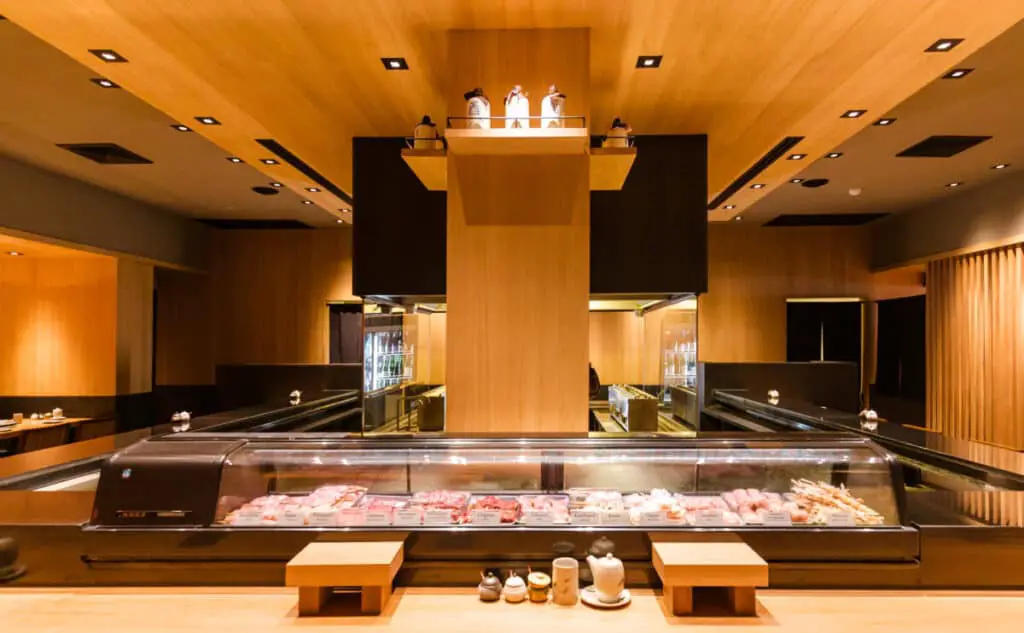
However, a good sushi chef in Japan will never serve fish that’s past its prime, so all you have to do is make sure you’re in good hands. Also, if you’re a regular customer, you will often be able to get some recommendations on what fish is the best of the day. It pays to sit at the sushi bar and get to know your local sushi chef.
Myth #15: The fish is the most important part.
This is a matter of opinion. Although sashimi, a raw-fish-only delicacy usually served at ‘sushi’ restaurants, may give you the impression that the fish is the main deal, the rice and garnishes also have a ‘roll’ to play in nigiri sushi.
The rice bed is called the shari, and consists of cooked rice mixed with rice vinegar, as well as optional salt and sugar. A lot of techniques can go into cooking the rice, cooling it, the balance of acid, mixing the vinegar and rice, and forming it gently into a neat little piece of nigiri.
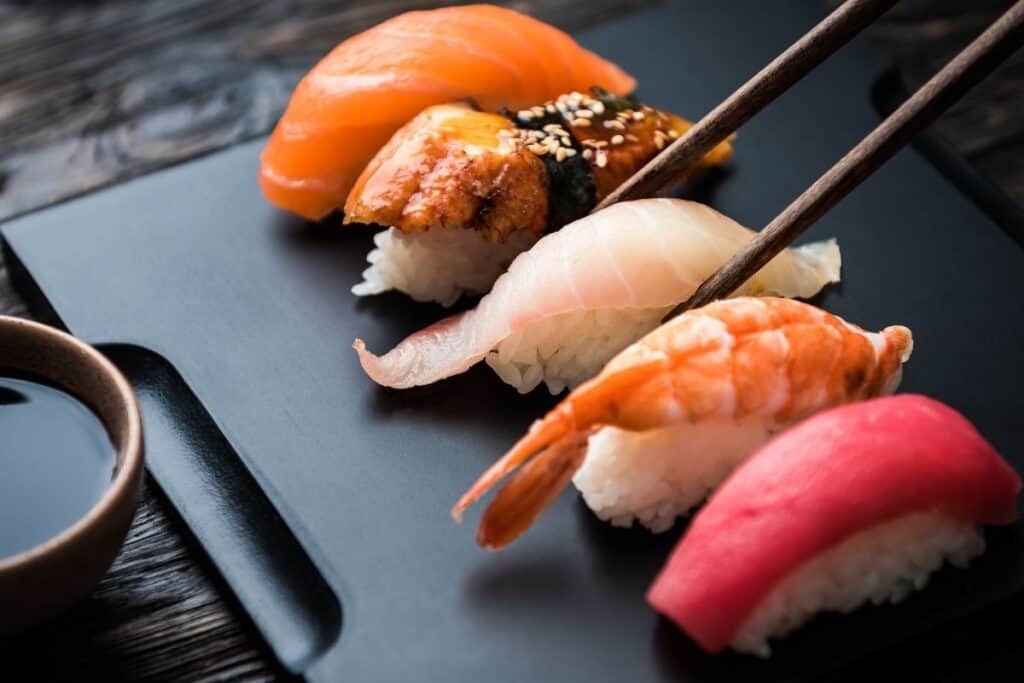
While the fish might feel like the most expensive and important part of the sushi, we feel that the interplay between the acidic rice and the fatty fish is what really defines a great piece of nigiri.
Myth #16: Sushi is an everyday food in Japan.
False (sort of). Like the difference between supermarket cocktail shrimp and a freshly cracked oyster, there are different levels of sushi in Japan. There are levels that can be made at home or easily bought at the supermarket, and then there are haute cuisine levels that will only be experienced in upscale restaurants—and not everyone will be able to eat there frequently.
Commercially made sushi is available in Japanese convenience stores and grocery stores alongside ramen packets, and this might be a common lunch for some Japanese people. However, going to a sit-down, upscale sushi bar is probably not a very common everyday event for them—unless that’s their favorite place to eat out.

Sushi restaurants can vary from semi-casual neighborhood joints to more formal eateries, which may feel a bit intimidating even to Japanese people.
Sushi is not a very common food to prepare at home, in part because Japanese cuisine has a wide variety of more accessible comfort foods, like katsu, curry, and ramen.
It’s not expected that home chefs in Japan have necessarily ever made sushi, especially with raw fish. Instead, more forgiving recipes, like onigiri (rice balls) made with cooked ingredients can be found in homemade bento boxes.
Myth #17: All the best sushi restaurants in Japan have Michelin stars.
False. The Michelin guide is actually rather controversial in Japan, as many sushi restaurants that are very highly rated amongst locals do not have a Michelin star.
This is mainly because some of these sushi bars are accessible by introduction only, which means that, as an outsider, you may never be able to eat there. For the most exclusive sushi-ya, you may need to return over the course of months or even a year with an established diner before you are allowed to make a reservation by yourself.
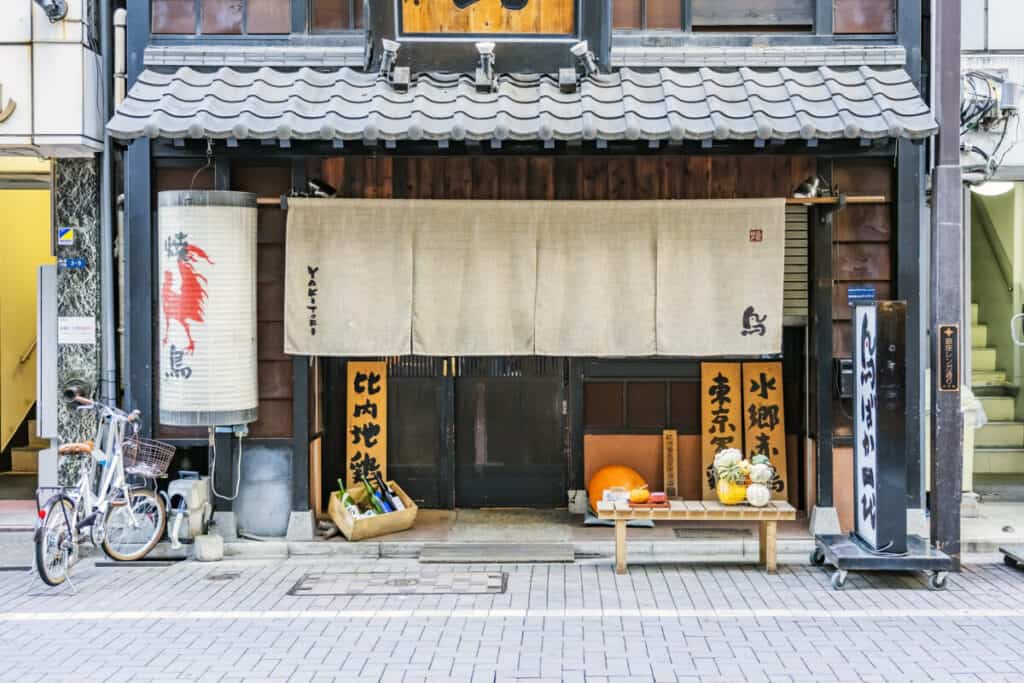
Myth #18: The pickled ginger (gari) served on the side is a sushi garnish, like wasabi.
False. The gari is actually intended to be a palate cleanser between different pieces of nigiri. Some people also enjoy the gari after the meal as a breath freshener and digestive aid as well.
Myth #19: Pink tuna/orange salmon is the most fresh.
False. Unfortunately, there is a common practice of treating tuna meat with carbon monoxide to make it appear more colored. Tuna meat can be somewhat dark pink to red, bordering on grey without this treatment. If the tuna looks brown near the edges—that’s when you know to skip it.
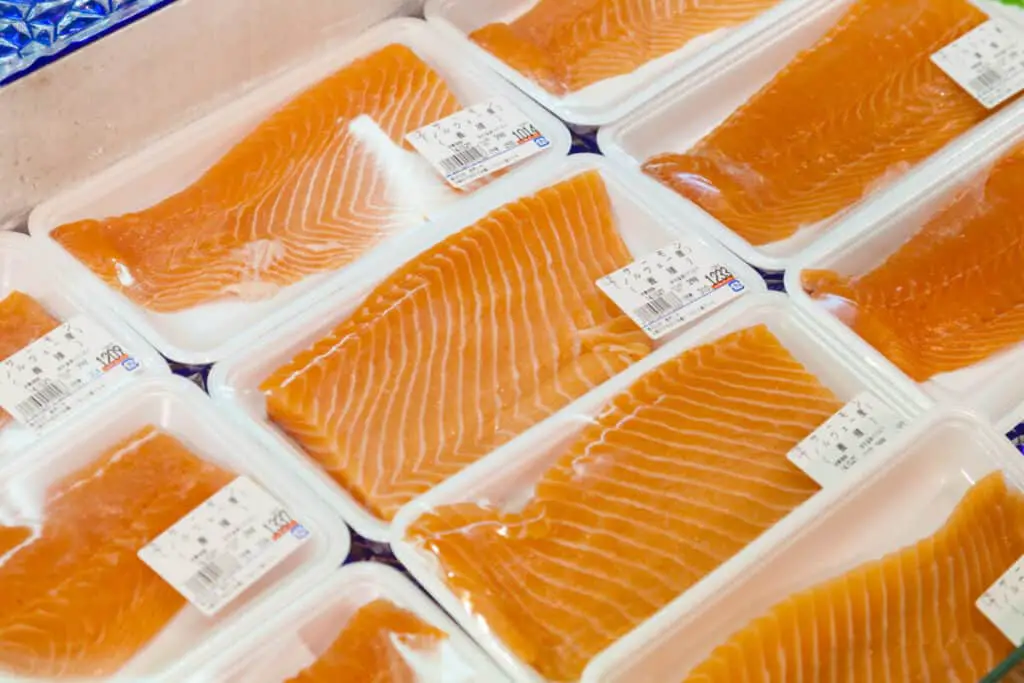
Wild salmon generally gets its color from the shrimp and krill that it eats during its life in the ocean. This is due to a carotenoid compound in the algae that the shrimp eat called astaxanthin, and is the same pigment that turns lobsters and flamingos a light pink color.
In farmed salmon, carotenoid pigments are generally added to the feed mixture given to the salmon and giving them an artificial coloring to their flesh.
Myth #20: Sushi is healthy.
False (depending on your nutrition goals and what you order). Sushi is often lauded as a healthy, fresh alternative to other Asian cuisines due to its lack of oil and use of raw ingredients. However, mainstream sushi culture has expanded to include fried sushi, and mayo on sushi, which obviously is not as healthy as unfried, un-mayo-ed sushi.
Additionally, sushi rice is not a low-carb or low-fat food. Even traditional sauces, like eel sauce and soy sauce, have come under fire for being too sweet and too salty, respectively.
However, at its core, sushi can be a great vehicle for the healthy fats and omega 3 found in salmon and avocado, as well as fresh Japanese vegetables like cucumber, and a source of fiber.
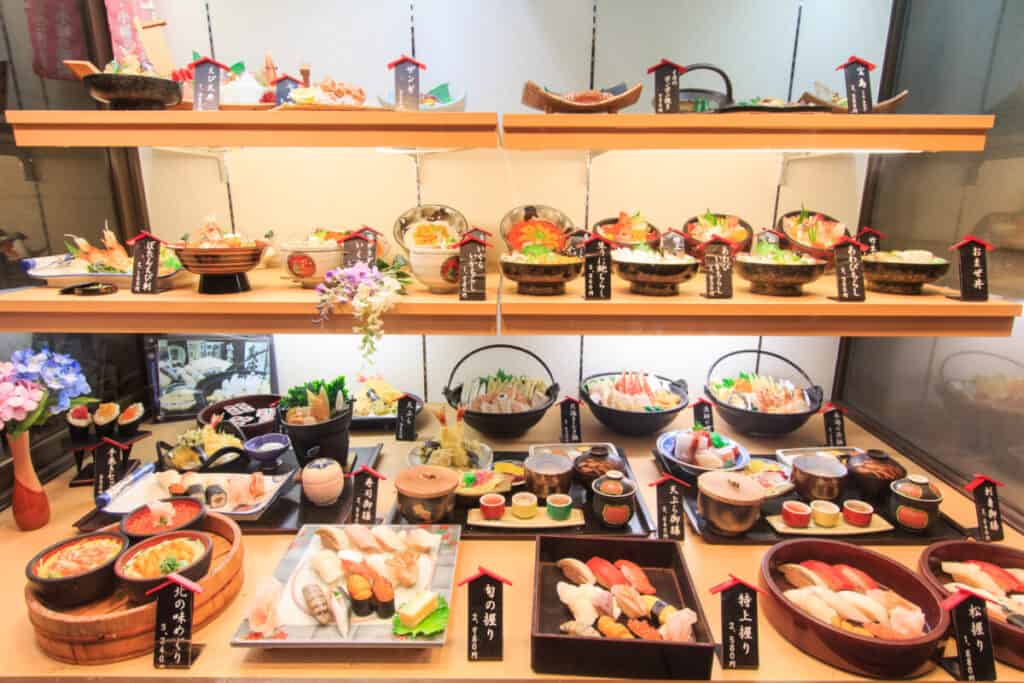
Myth #21: It’s traditional to blend the wasabi into the soy sauce.
False. In a traditional piece of nigiri, and at high-end sushi restaurants, or sushi-ya, the chef will place a small amount of wasabi between the fish and the rice. This should be enough to flavor the nigiri, and it would be considered wrong to add more in front of the chef, just like adding salt before tasting a dish.
Additionally, in these situations, the chef has often already dabbed nikiri, a soy sauce blend, onto the piece for you—you would not need to add any additional seasoning.
If you’re eating sashimi, it will not already be seasoned for you. In this case, you can add a small amount of wasabi onto your piece, and then gently dip it in some soy.
The wasabi, soy, and fish should blend harmoniously in your mouth, not in the sauce dish.
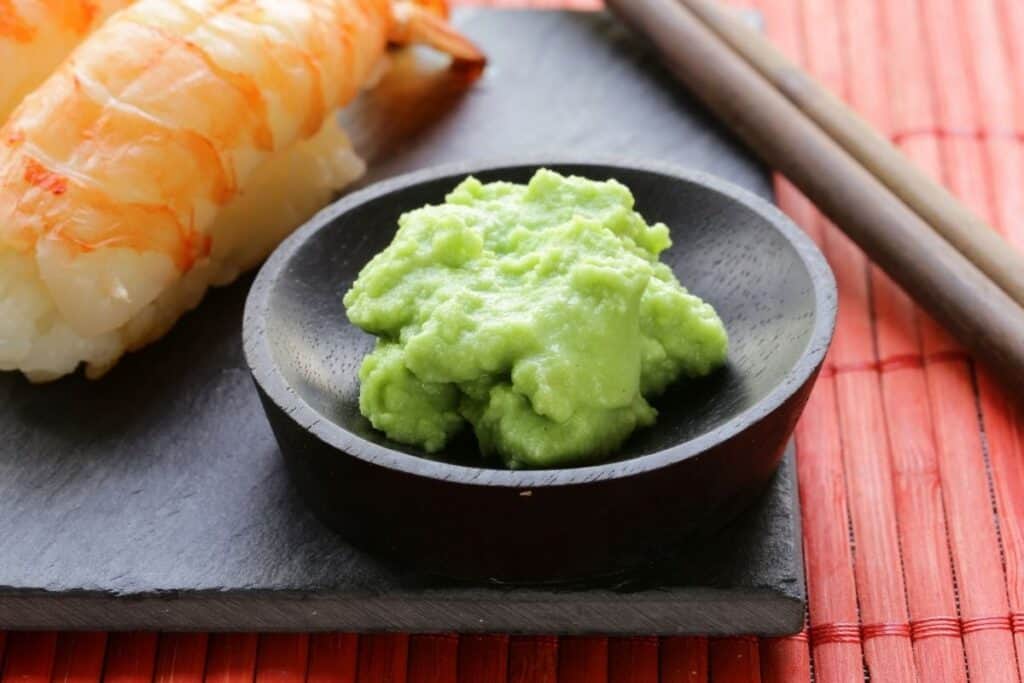
Myth #22: The fish for sushi are often served live.
False. Often, the fish for sushi is aged, frozen, or salted before their use in sushi. They are almost always already filleted. There is an area of Japanese cuisine called ikizukuri which deals with the rapid preparation of live fish, but that is not part of a normal sushi bar’s repertoire.
As an aside, raw oysters are always served live, though the ethical implications of such a low-intelligence creature have been debated.
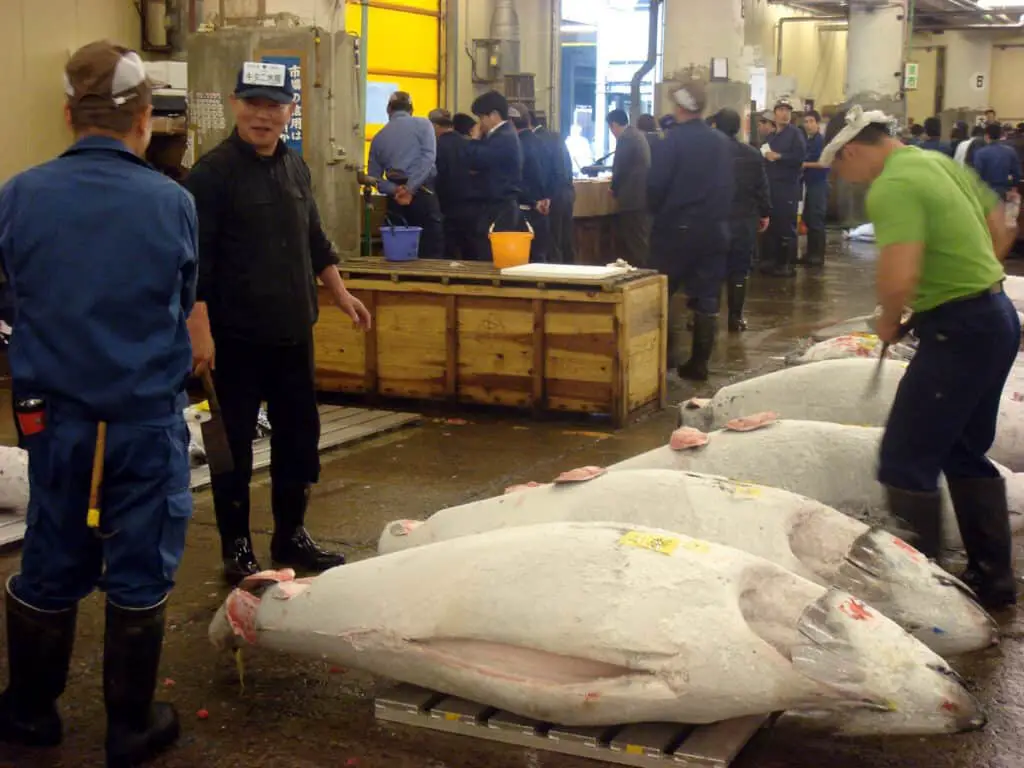
Myth #23: It’s common in Japan to rub your chopsticks together to remove splinters.
False. While this myth circulated the internet as a ‘Japanese tradition’ at some point, this is actually insulting to do in front of the restaurant owner, since it obviously implies they bought cheap, poor-quality chopsticks.
While you may encounter low-quality chopsticks, if you must rub them together to create a safe utensil, at least do it below the table. Also, maybe you don’t want to eat there if you’re afraid you’ll get splinters? Either way, this is less of a problem when making sushi at home or ordering take-out sushi.
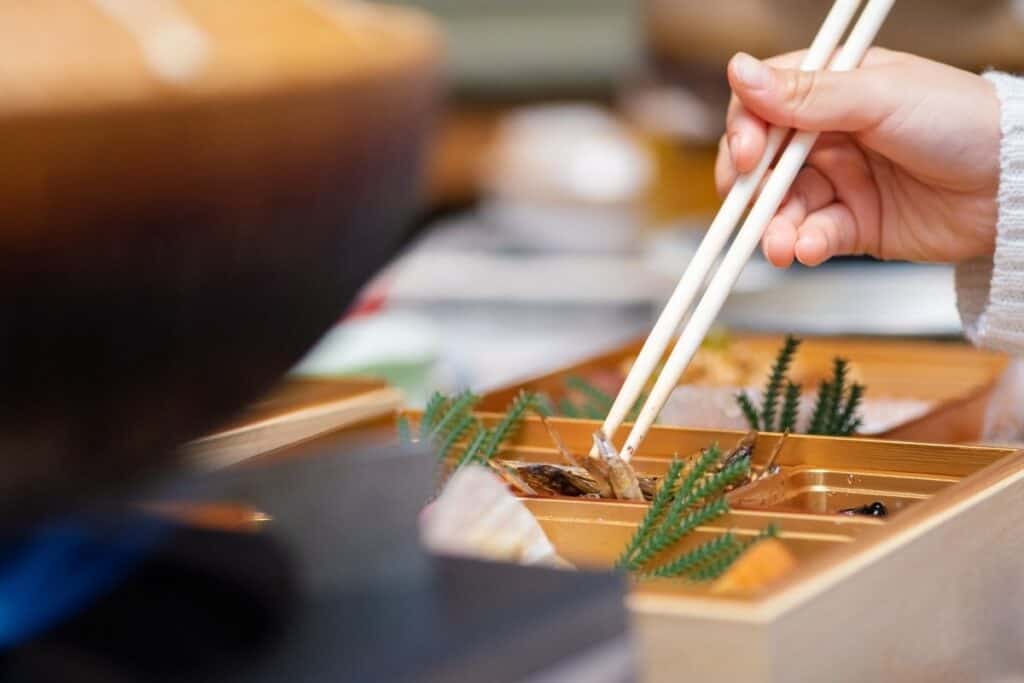
Myth #24: You should sit at the sushi bar where you can watch the chef prepare your food.
True! Not only will you get to see the magic in action, but you can also ask questions about the fish and garnishes to show your interest. Sitting at the bar and talking to the chef can help you become a regular, which can help you get better or more interesting pieces of fish recommended to you.
Myth #25+26: Wasabi kills bacteria, and the green paste on your plate is wasabi.
True! But this one gets weird. Real Japanese wasabi (Eutrema japonicum or Wasabia japonica) contains isothiocyanates that have been shown to kill off the bacteria that causes stomach ulcers (H. pylori).
However, except at high-end restaurants, it’s unlikely that the green paste on your plate is actually wasabi. Wasabi is a very difficult plant and cultivate, as its conditions for growth are demanding extremely cool temperatures, shade, humidity throughout the summer, and moist to wet soil, with high-quality water.
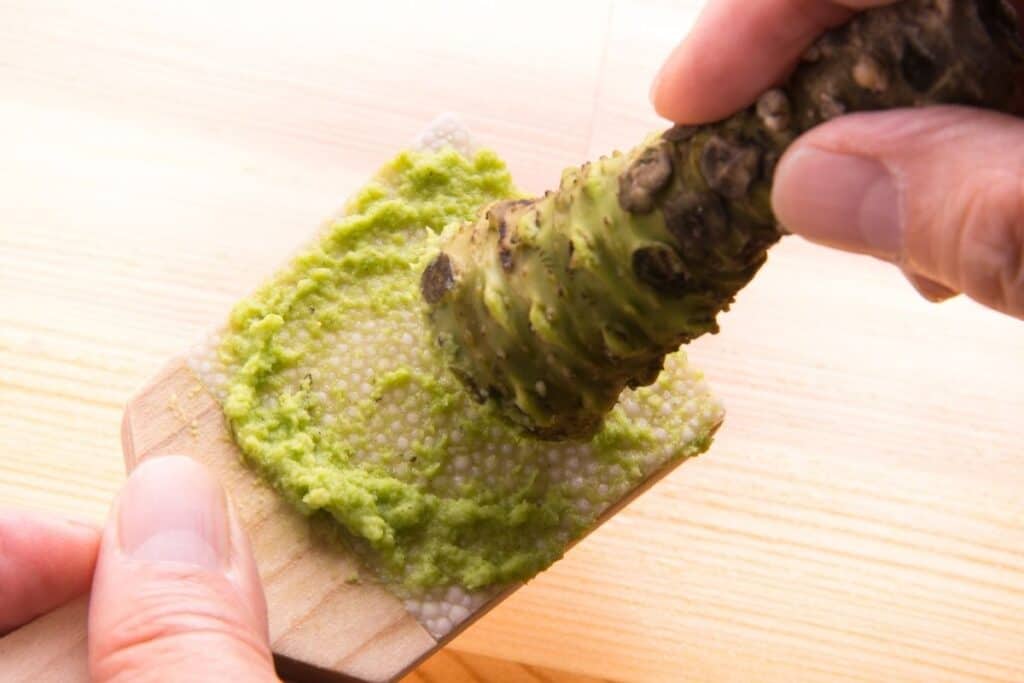
Once grated, the wasabi root loses its flavor in just 15 minutes if left uncovered. Because of this, it is impossible to powder or export in bulk. Therefore, most ‘wasabi’ at sushi restaurants around the globe is actually horseradish with food coloring.
The flavor of horseradish is simpler and spicier than that of real wasabi. Horseradish also maintains its pungency when dried, allowing for substitute or ‘Western wasabi’ to be available wherever sushi is sold.
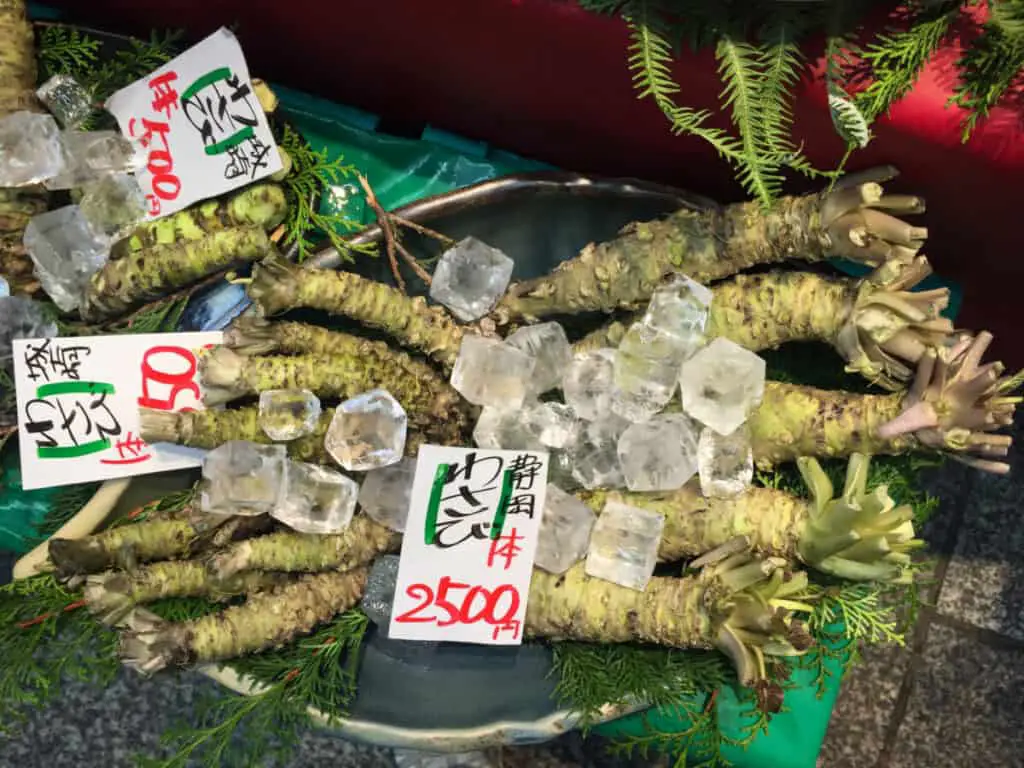
Best Sushi In Tokyo Via Tripadvisor (thousands of reviews)
The real kicker here is that horseradish contains similar isothiocyanates to the real wasabi plant. Both plants belong to the family Brassicaceae, and evolved the compounds as a defense mechanism that is activated the cell walls are broken.
Because of this, the horseradish your wasabi is made of also has the ability to kill off some bacteria, just like the real thing. It can even be good for your breath and might be helpful after finishing a plate of sushi, just like gari.
Day In The Life Of A Japanese Sushi Master

